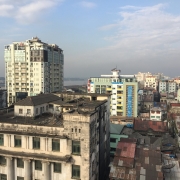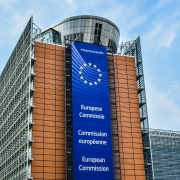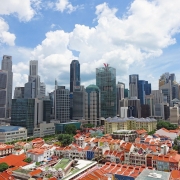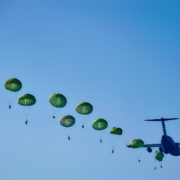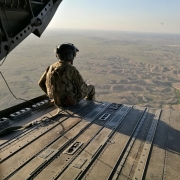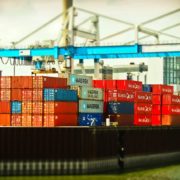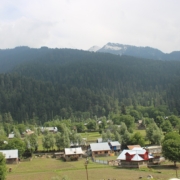What does the flying geese model suggest?
Paper 1: Understanding the Global Economy (1945-2000)
Section B: Essay Writing
Theme II Chapter 3: Rise of Asian Tigers from 1970s to 1990s [South Korea and Taiwan]
The Flying Geese model
According to the Japanese economist Kaname Akamatsu, Asian economies could grow based on a ‘flying geese model’. (FG model). Akamatsu noted that ‘Wild geese fly in orderly ranks forming an inverse V, just as airplanes fly in formation‘. After Japan achieved rapid economic recovery in the post-WWII years, it took the lead in economic development, whereas its neighbouring countries like Taiwan and South Korea followed suit.
During the 1930s, a Japanese economist, Kaname Akamatsu, initially sketched out a long span of history involving the evolutionary interrelationships of a developing Asian country (Japan) with the advanced West. His interest was to examine how developing countries in general may catch up with the advanced ones through their mutual interactions.
[…] Akamatsu presents a stylized four-stage model of evolving trade patterns of a typical developing country along its development process (catching-up), where the existing manufactured products are clustered into two broad categories: “consumer goods” and “capital goods”.
An excerpt from “The Asian Developmental State and the Flying Geese Paradigm” by the United Nations Conferenceo n Trade and Development.
Application on Asian economies
Although the FG model was developed in the 1930s, academics have based their research on this model in subsequent decades. While Japan was at the forefront of economic development in Asia, the ‘four tiger’ economies, namely South Korea, Taiwan, Singapore and Hong Kong, played catch up.
After the 1970s, when Japan moved into an upper ladder of technological-intensive sectors such as the automobile industry and machinery after the first energy crisis in 1973-74, Taiwan and Korea kept chasing behind Japan’s footstep by moving to an upper ladder of technological sophistication with some varieties in the second phase; while Korea developed its brand name of automobiles, Taiwan, due to the limit of domestic market for scale economy, chose to develop auto parts and machinery tools instead of manufacturing the whole passenger cars.
An excerpt from “A Century of Development in Taiwan: From Colony to Modern State” by Peter C. Y. Chow.
For Taiwan, the government emulated Japan by focusing on labour-intensive production and exported to industrialised economies, like the USA, in the 1960s. In the 1970s, Taiwan then shifted from labour-driven to capital-oriented industries in response to rise labour and import costs, which were exacerbated by the twin oil shocks.
To some extent, it was the ‘flying geese’ pattern of industrial development by following the footstep of Japan’s industrialisation in the post-war era. Meier argued that it was a process of ‘learning by exporting’ by picking up the industrial sectors that Japan left when it moved up on the ‘ladder of comparative advantage’.
[…] Taiwan, as one of the first tier of the flying geese, faced more competition in the second stage of EP (export promotion) from the second tier followers in South East Asia and China after its economic reform and openness.
An excerpt from “Connecting Taiwan: Participation – Integration – Impacts” by Carsten Storm.
What can we learn from this article?
Consider the following question:
– Assess the importance of the ‘Flying Geese’ model in explaining the phenomenal growth of Taiwan from the 1970s to 1980s.
Join our JC History Tuition to learn more about the rise of Asian Tiger economies and the Global Economy. The H2 and H1 History Tuition feature online discussion and writing practices to enhance your knowledge application skills. Get useful study notes and clarify your doubts on the subject with the tutor. You can also follow our Telegram Channel to get useful updates.
We have other JC tuition classes, such as JC Math Tuition and JC Chemistry Tuition. For Secondary Tuition, we provide Secondary English Tuition, Secondary Math tuition, Secondary Chemistry Tuition, Social Studies Tuition, Geography, History Tuition and Secondary Economics Tuition. For Primary Tuition, we have Primary English, Math and Science Tuition. Call 9658 5789 to find out more.


